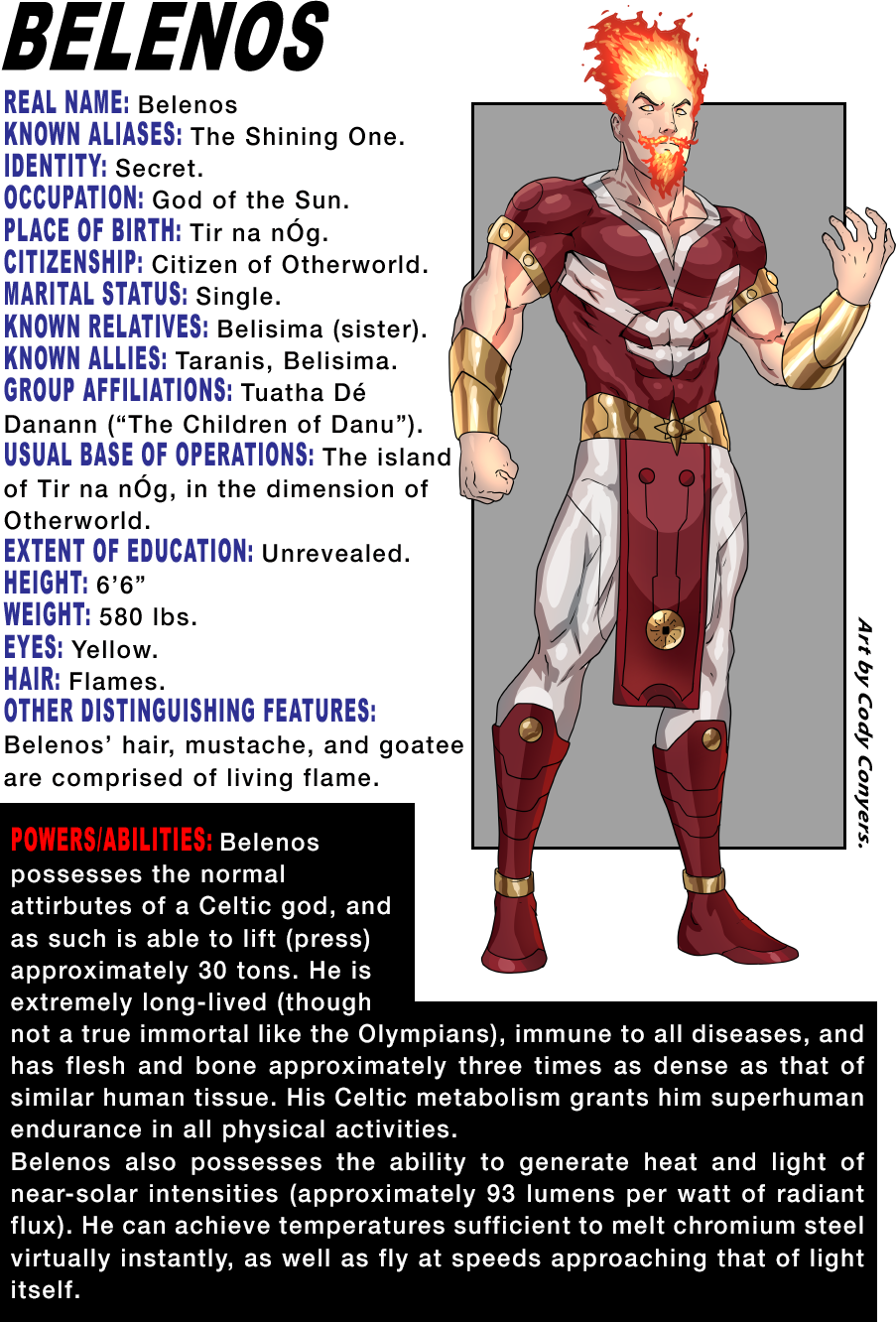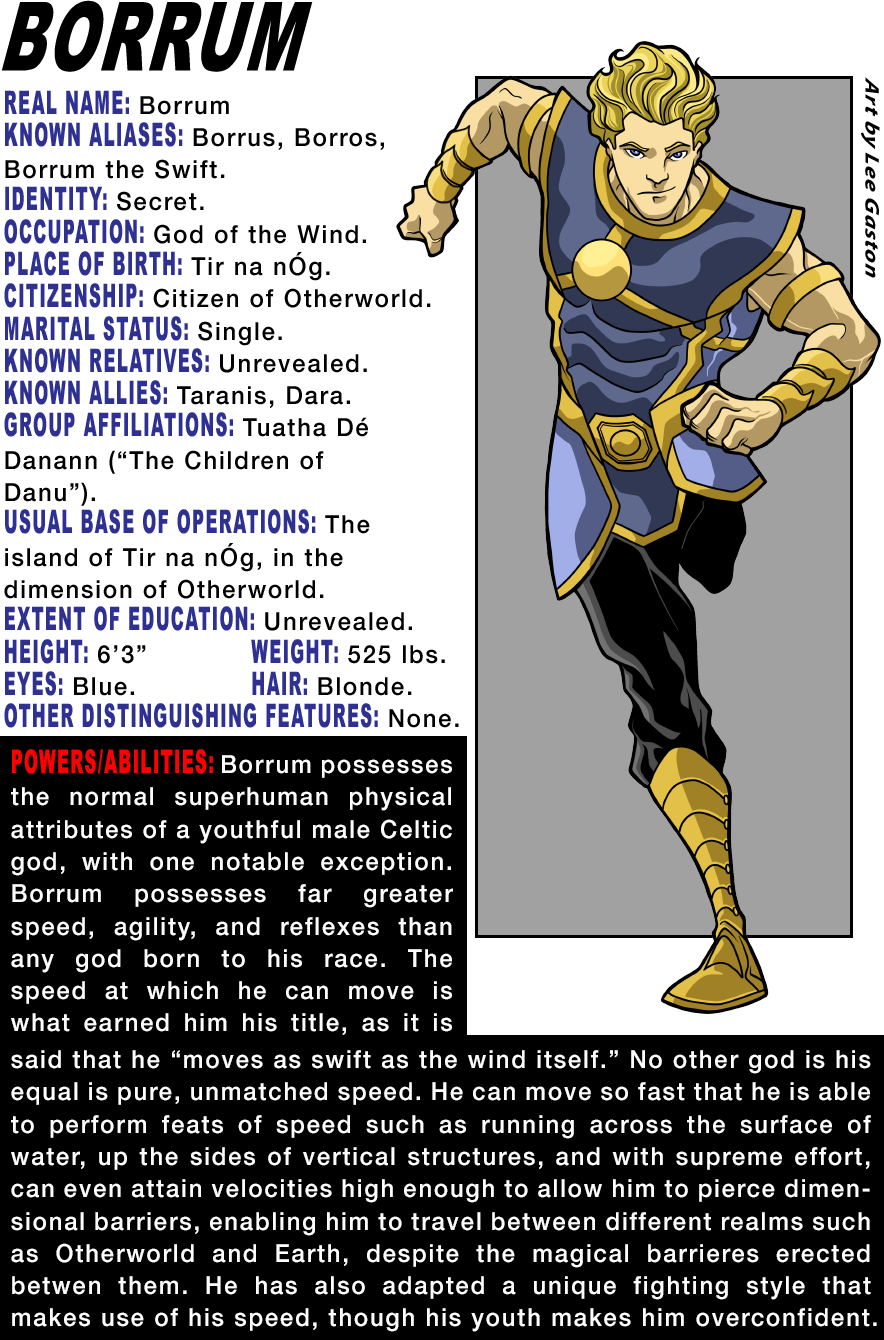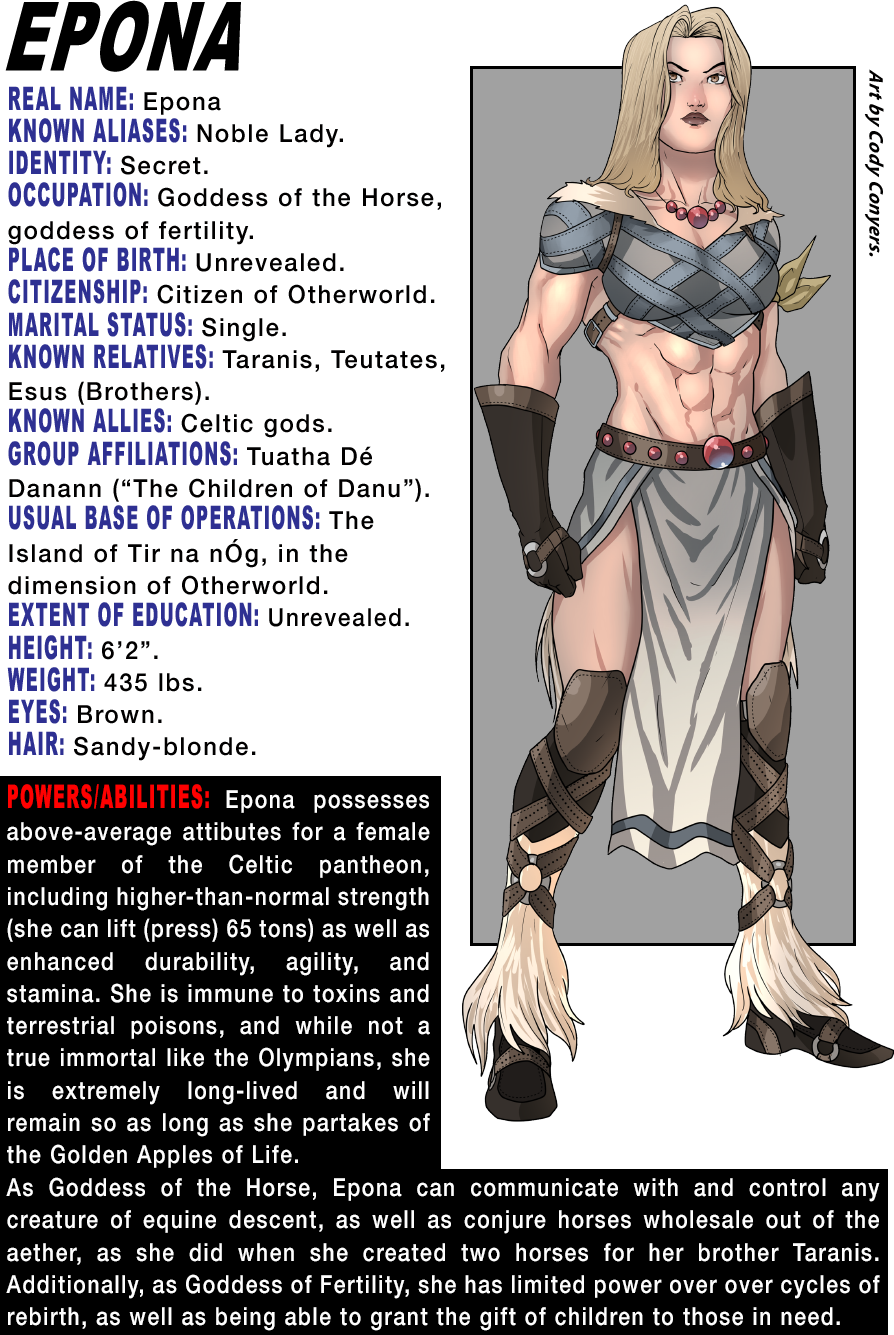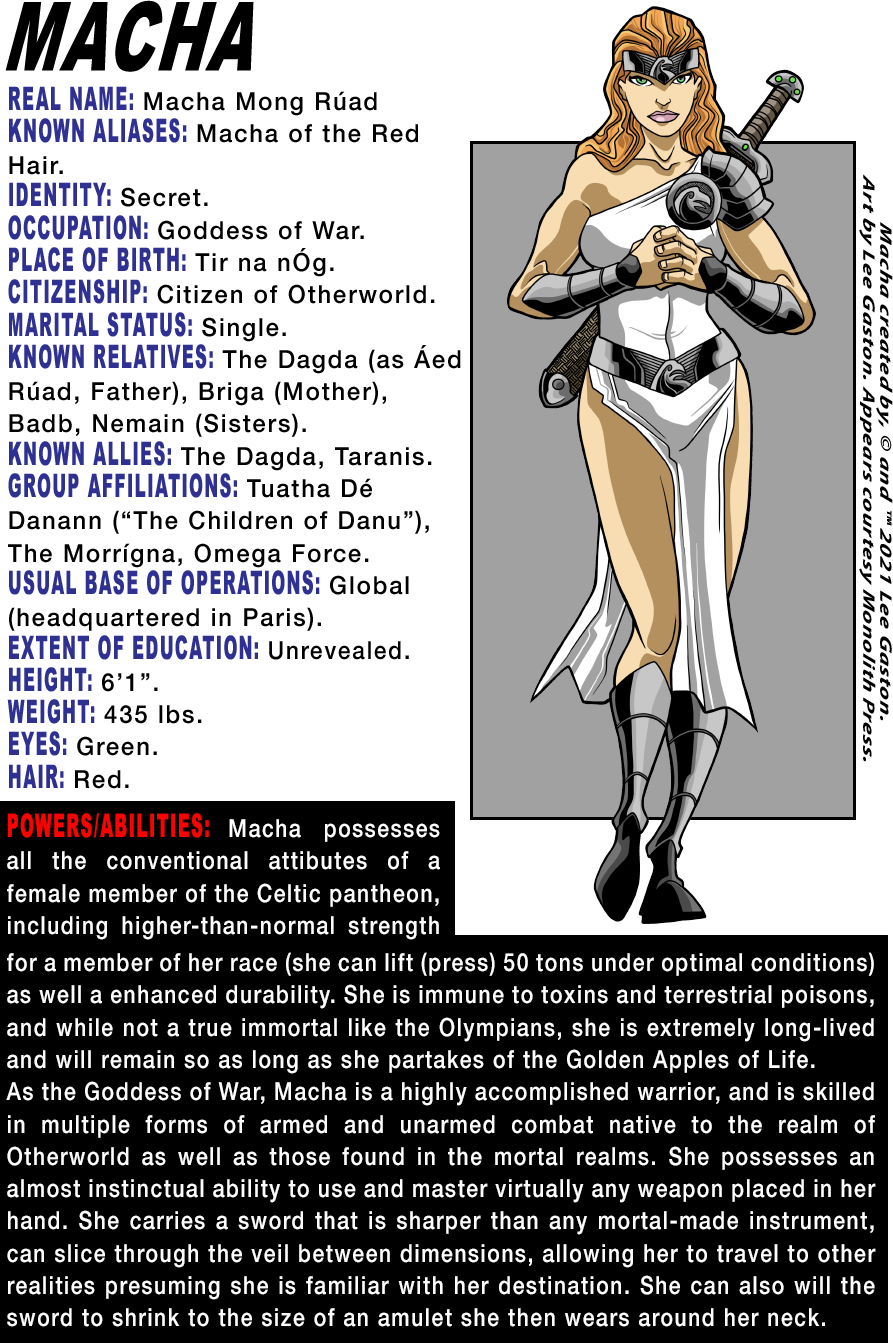CELTIC GODS
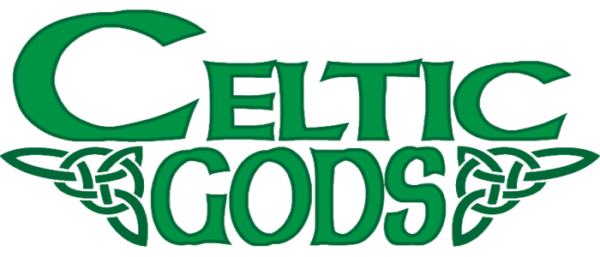

The origins of the Tuatha Dé Danann, or “The Children of Danu” (the race commonly referred to as the Celtic gods) stretch far beyond the mythic realm known as Otherworld and the Isle of Tir na nÓg.
In ancient times, long before the height of the great pantheons of the world, a war was fought between the Aesir and the Vanir, two races associated with the Vikings of the northlands. Odin, All-Father of the Aesir, sought to consolidate his power by merging the Aesir and the Vanir, the people of his brothers Vili and Ve, into a single unified tribe. The Vanir, gods of nature and super-nature, resisted this merging with the warlike Aesir, and a long and bloody conflict ensued. Eventually, however, the might of the Aesir proved too great, and a treaty was struck between the two tribes. They would bend to Odin’s will, unifying their peoples through marriage and by having members of the Vanir join the High Aesir themselves.
This agreement was met with resistance among a group of Vanir, spearheaded by the god Iarbonel and his wife, Danu. Iarbonel and his followers refused to bend the knee to Odin’s will, and rather than prolong the war with the Aesir, this group of separatists left Vanaheim to seek their fortune elsewhere. During their travels, they founded four great cities named Falias, Gorias, Murias, and Finias, where they taught their skills in the sciences, including architecture, the arts, and magick, including necromancy to those who wished to learn.
Eventually, the Tuatha Dé Danann, now under the rule of their new king Nuada of the Silver Hand, migrated to the extradimensional realm known as Otherworld, and to the mystical Isle of Tir na nÓg. It was here that the Tuatha Dé Danann fought a war with the beings living there already, the monstrous Fomorians (an offshoot of the Jotun race), the Fir Bolg, and the Dark Elves. Eventually, an armistice was reached with the Fir Bolg which saw the Tuatha Dé ruling over the majority of the mythic realm, with the Fir Bolg retaining a smaller section for their own. Both races continued to war against the Fomorians, a conflict that continues to this day. The Dark Elves, never satisfied with the perceived invasion of their homelands, swore vengeance against them all.
Due to the ancient war between their peoples, there exists a blood feud between the Celtic gods and the gods of the Norse. For though they began as sister races, too long have old grudges, regrets, and hatred festered in their racial memories.
The Tuatha Dé Danann were widely worshipped and held in high regard among the ancient peoples of the mortal realm, but when the Roman Empire stretched out its arms and began to ensnare the people who worshipped the gods of the Celts, Rome began a campaign that stamped out even the memory of the Tuatha Dé. Much of their influence was lost during this time. Nuada eventually cut ties with the mortal realm altogether to preserve the survivors of his people, though several of the High Gods among the Celts had been captured, killed, or were missing. He also commanded The Dagda to use his knowledge of druidic magicks to sever the mystical ties between Earth and the dimension of Otherworld, making travel between the two realms difficult, and fraught with danger.
art by Fish Lee

